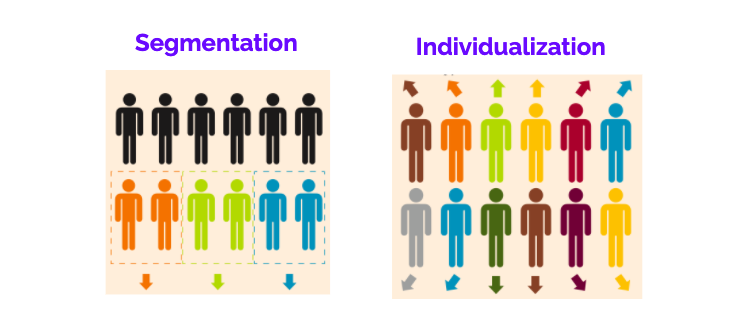Reading Time: 3 minutes Today, there are over 25 million eCommerce sites around the world and eCommerce sales are expected to account for 22% of retail purchases worldwide by 2024. Considering the colossal volume of products entering the market...
Reading Time: 3 minutesToday, there are over 25 million eCommerce sites around the world and eCommerce sales are expected to account for 22% of retail purchases worldwide by 2024.
Considering the colossal volume of products entering the market and the level of competition, the speed at which retailers go to market is critical. When it comes to marketplace and retailers with large inventory volumes, the challenges that stand in the way of this are embedded deep within multiple layers.
Most marketplaces today aggregate data from multiple sources and channels. For instance, retail giant Walmart counts over 100,000 suppliers while behemoths like Amazon boast around 9.7M sellers worldwide. The issue with the vendors at such mammoth scales lies in the data that comes in. For instance, each vendor provides product data in accordance to their own taxonomy. This results in inconsistencies and incompatibilities within the data catalogs.
The product data that is created for one marketplace may not be the same as another. As a result, retailers and marketplaces need tools that are customizable to their unique requirements.
Introducing Vue.aiís Catalog Data Organization Tool
As a result, we built a tool specifically designed to accommodate a retailerís custom requirements.
With Vue.aiís data tagging tool, teams can†break silos and bring their data together. They can convert this raw data into meaningful attributes and apply the organized data towards solving business challenges.
Retailers can also experience a†multi-X speedup in labeling and enriching data. And thatís not all. They can also build Machine Learning models that can†automate data organization at scale†ó†without needing to write a single line of code.
Itís a culmination of yearsí worth of experience working with data and the†best practices in MLOps†packaged into one.†
Starting with raw data Ė images, numerical, structured text attributes, and unstructured text.
The in-built taxonomy manager can then be used to assemble attributes into a hierarchy that brings structure to your data management.†The tool enables the user to visually label or classify data points based on their attributes. During this time, the system observes, learns from user interactions, and predicts labels for the remaining data points.
This ping-process between the human and AI in making predictions and providing feedback exponentially reduces the number of datapoints hand-labeled by the user. And significantly reduces the time it takes to reach completion.
With this new ML tool, our goal is simple: We want to enable eCommerce teams to deploy data organization ML models into production in <24 hours.

Why Vue.aiís data organization tool?
Retailers can start from scratch and†complete workflows within minutes! This tool is†a complete package†that includes all the moving parts Ė from raw data to organized dataUsability is at its core. Which means, anyone can build ML models! Whether youíre a data labeler tagging training data, or an ML engineer tuning model hyperparametersAttributes on this tool is†fully customizable. This lets teams to incorporate business and use-case specific tweaks to organize their data in a simple and intuitive mannerThere are hundreds of CV and NLP models that simultaneously process every data point, extract features and project them on a two-dimensional canvas on this ML tool. The result? Retailers can visualise their data like never before!†Understand data spread and mix along with the similarities and differences between individual data points, within minutes!
Realize Immediate Business Value
Vue.aiís data tagging tool abstracts the underlying complexity of product data so that eCommerce teams can deploy models in hours that would have otherwise taken months to put together, and start seeing value in weeks. Its easy-to-use interface allows merchandising teams ó without any knowledge of code to take part in shaping the models most relevant to their KPIs.†
Weíre eager to put this†self-learning chisel†in retailersí hands to help teams manage, shape, and make the most of product data. The possibilities are endless.†
Read More About Automated Catalog Management Solution
The post Data Organization Made Easy: Hereís How appeared first on Vue.ai Blog.









